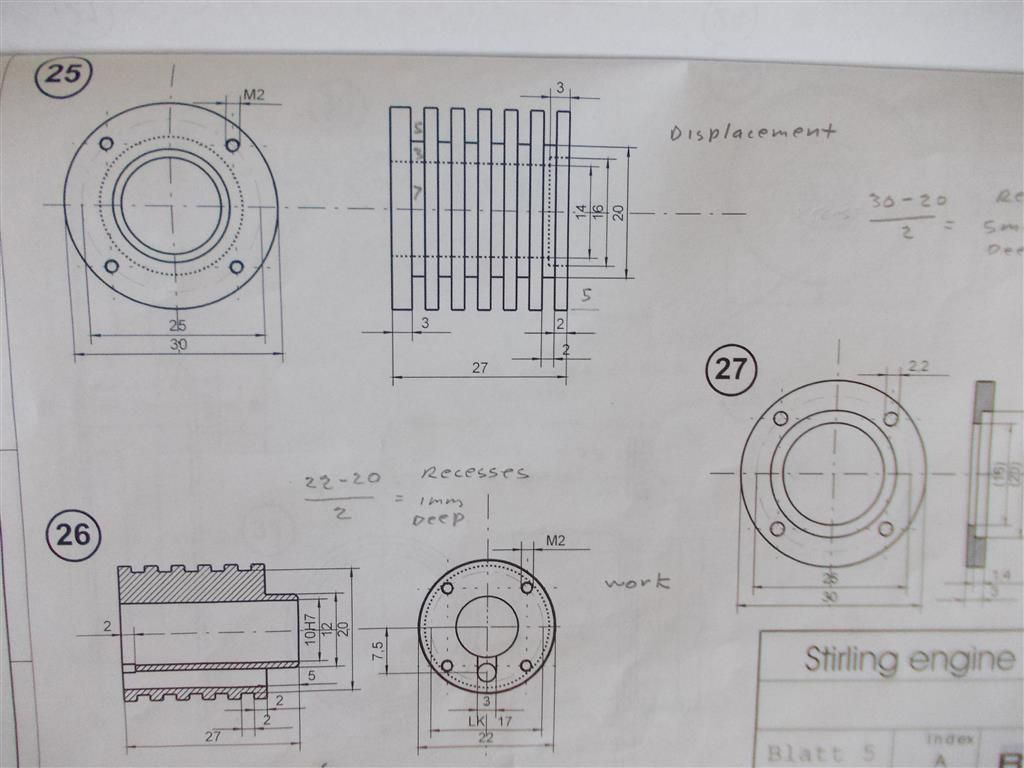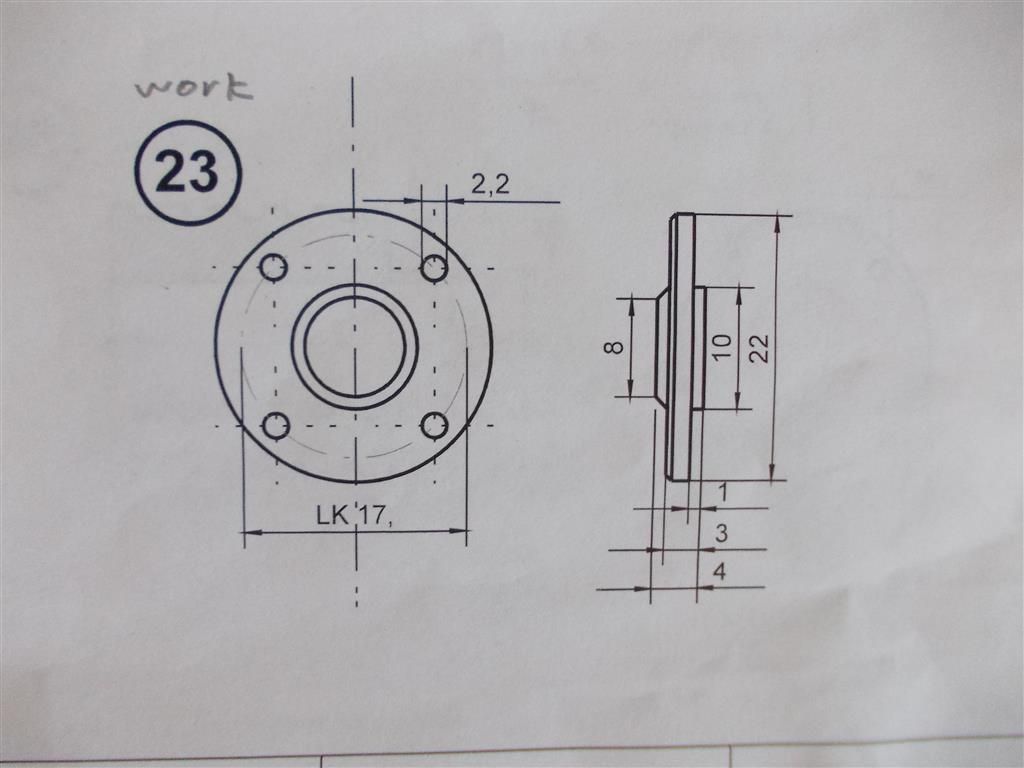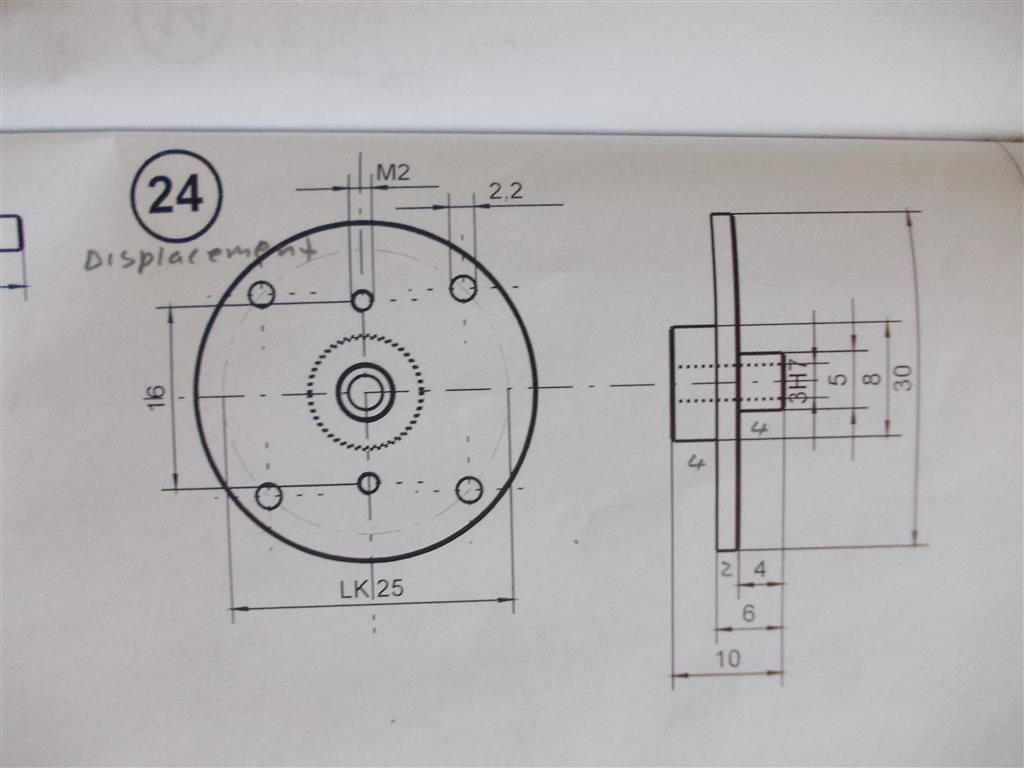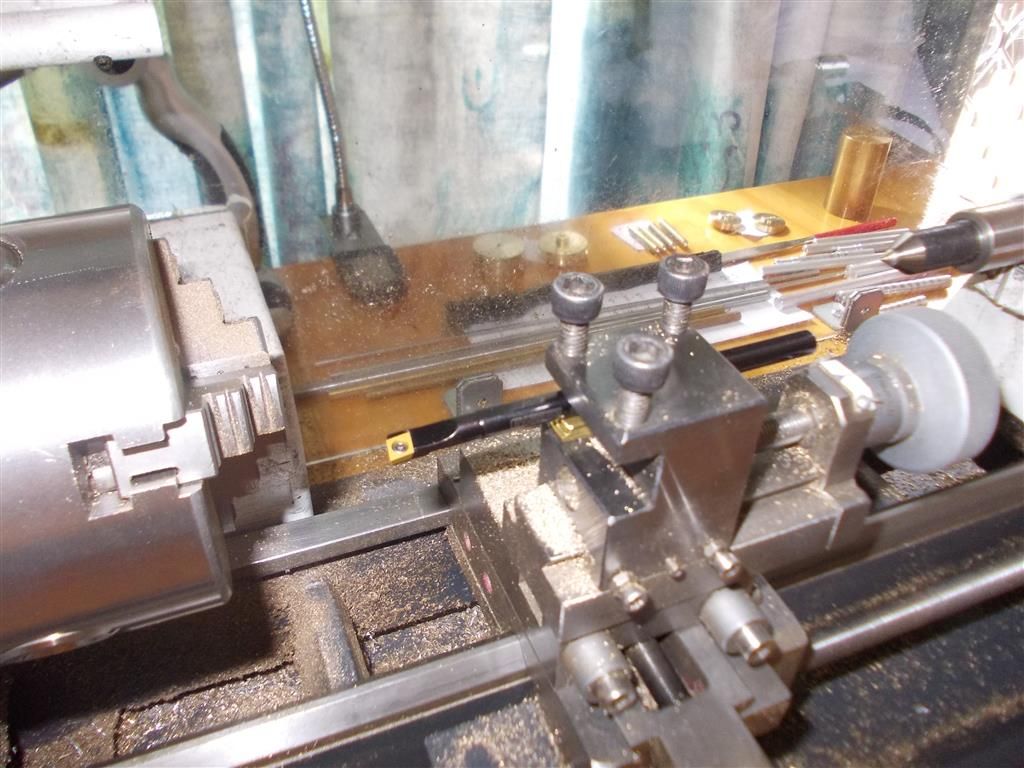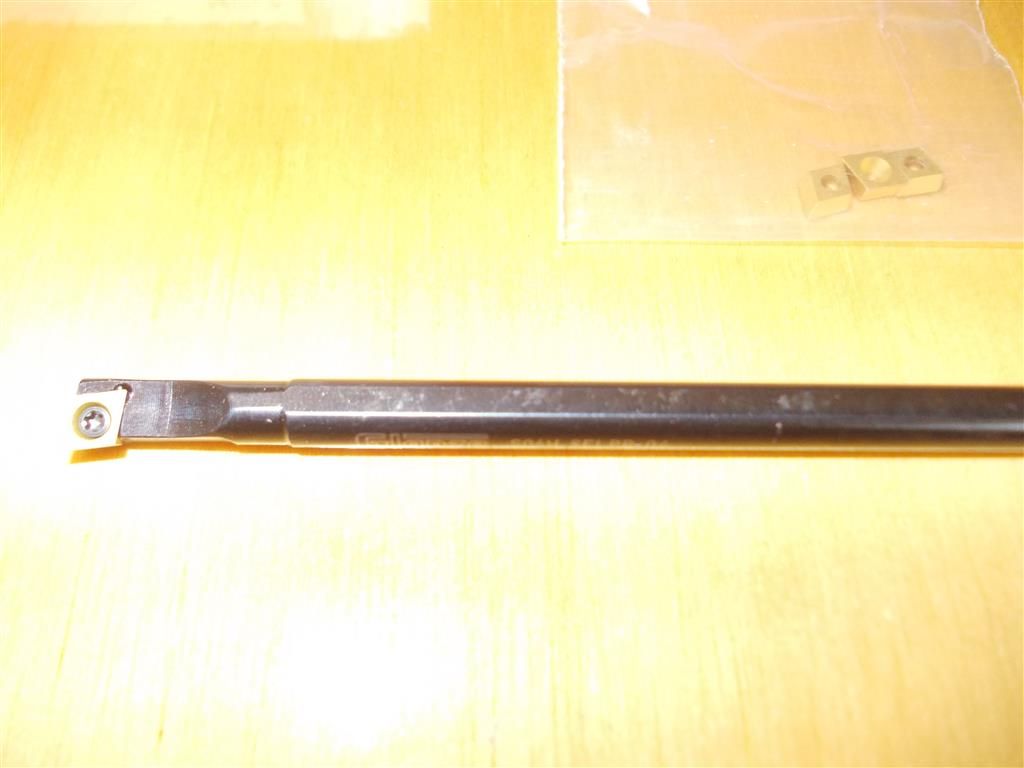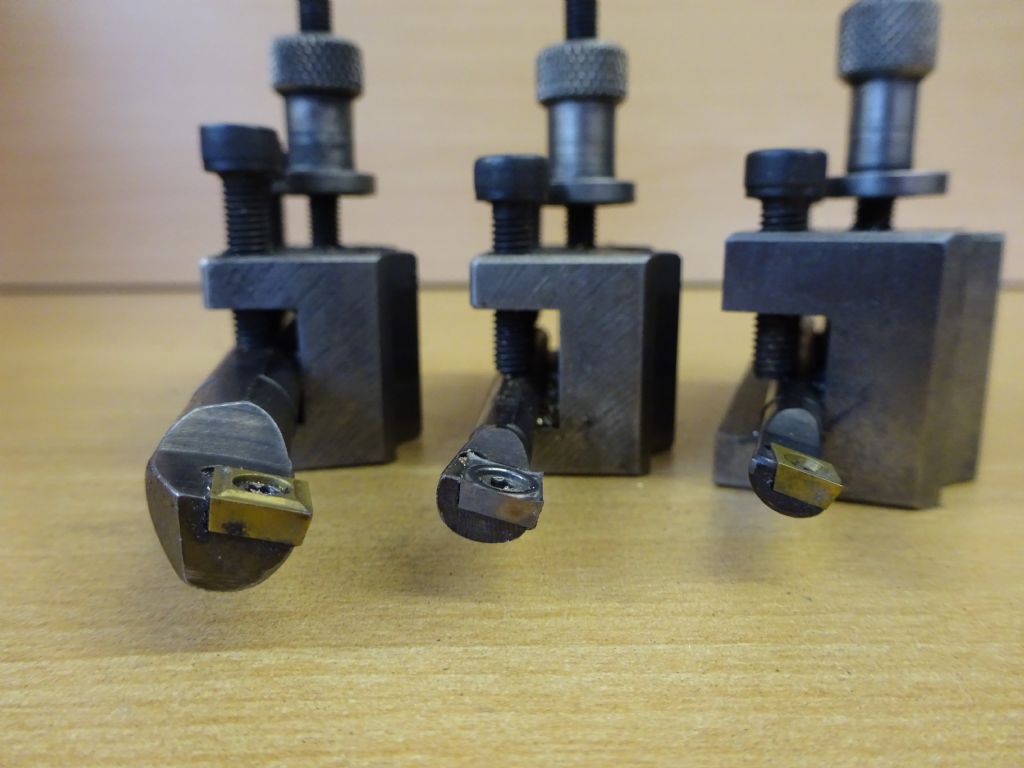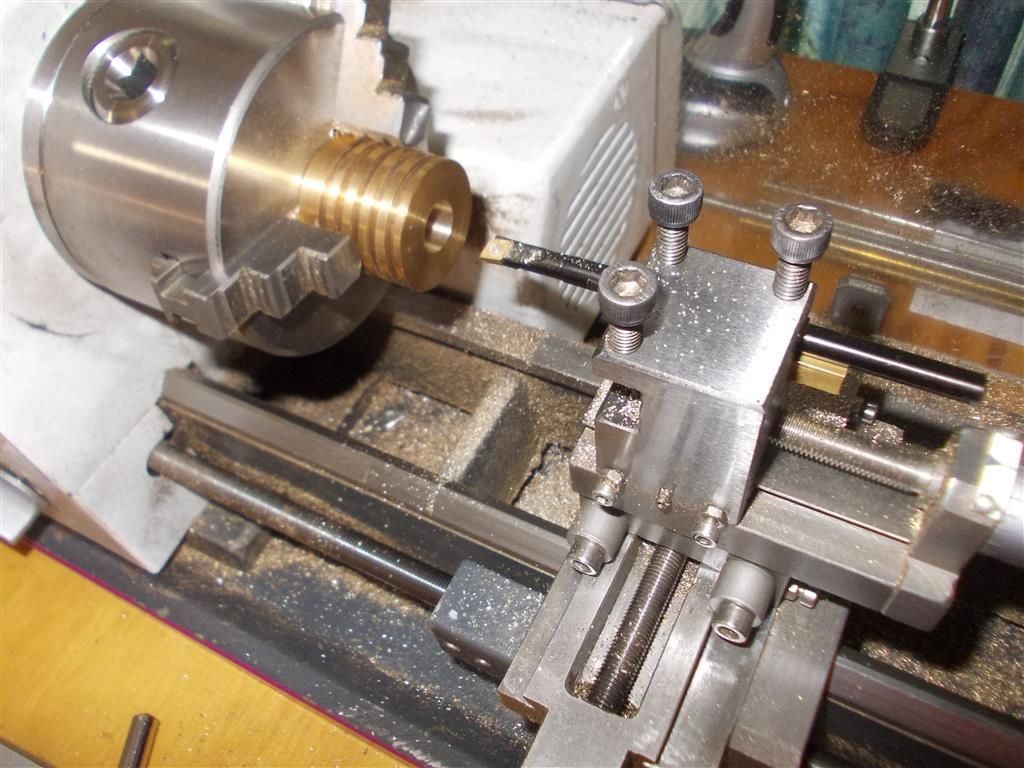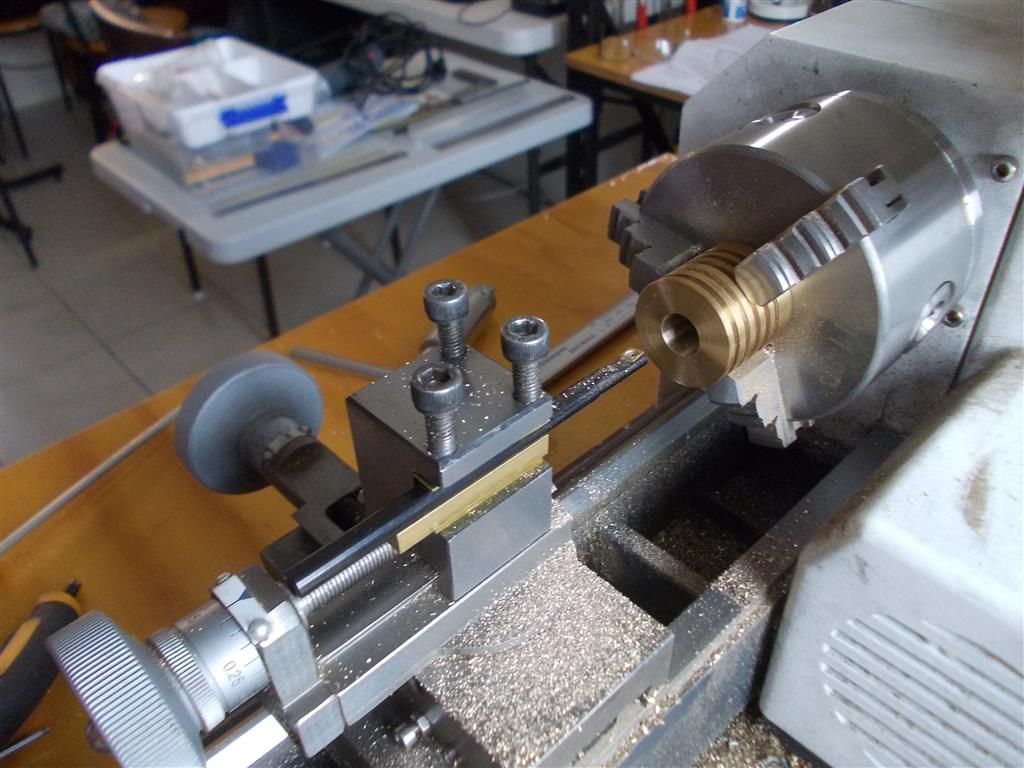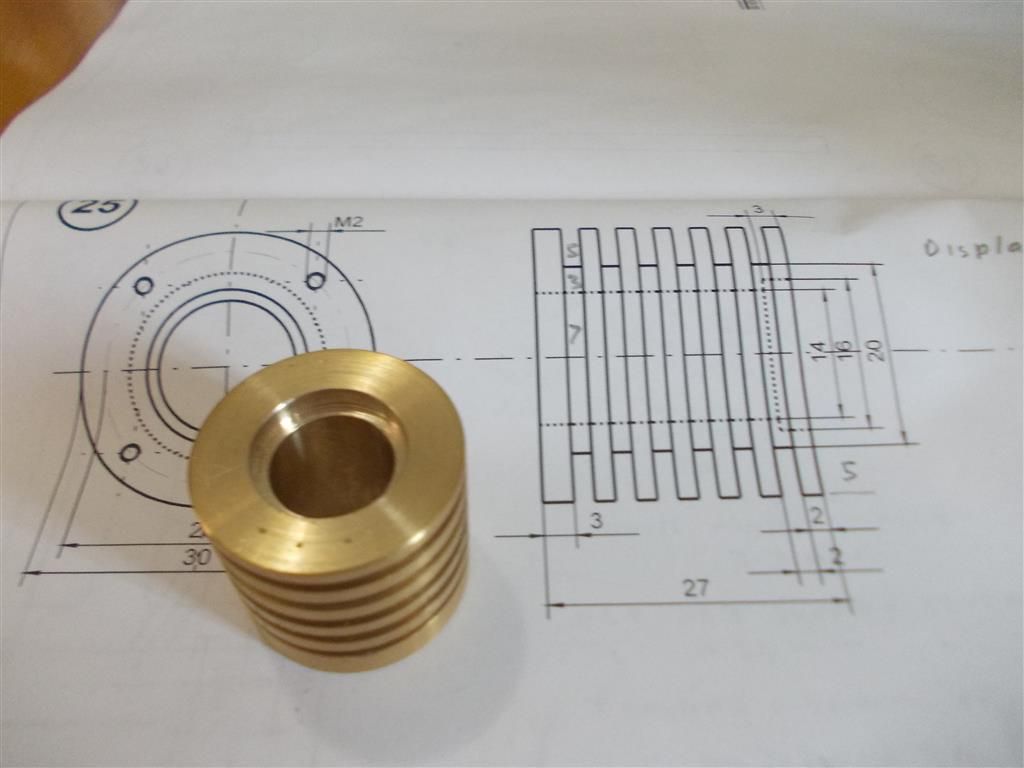Stirling Engine : Laura
Stirling Engine : Laura
- This topic has 763 replies, 36 voices, and was last updated 30 August 2016 at 10:55 by
Gordon Tarling.
- Please log in to reply to this topic. Registering is free and easy using the links on the menu at the top of this page.
Latest Replies
Viewing 25 topics - 1 through 25 (of 25 total)
-
- Topic
- Voices
- Last Post
Viewing 25 topics - 1 through 25 (of 25 total)
Latest Issue
Newsletter Sign-up
Latest Replies
- TurboCAD – Alibre File Transfers.
- Another Day … Another ScumBag
- Sat nag
- buying machine tools from aliexpress experiences?
- Adjustable spanner thread direction
- “swedish iron”
- Chester Champion, warco ZX15 drawbar
- Bosch PBD 40 bearing upgrade
- Square end on round stock – Milling?
- motor and switch wiring Myford ML7


 I have a feeling I will be getting machinery's out to see what they have to say on the subject of studs. Maybe longer engagements are used to help keep them vertical if knocked. 1D from that point of view would be marginal. I'd guess 2 maybe 2 1/2 D.
I have a feeling I will be getting machinery's out to see what they have to say on the subject of studs. Maybe longer engagements are used to help keep them vertical if knocked. 1D from that point of view would be marginal. I'd guess 2 maybe 2 1/2 D.